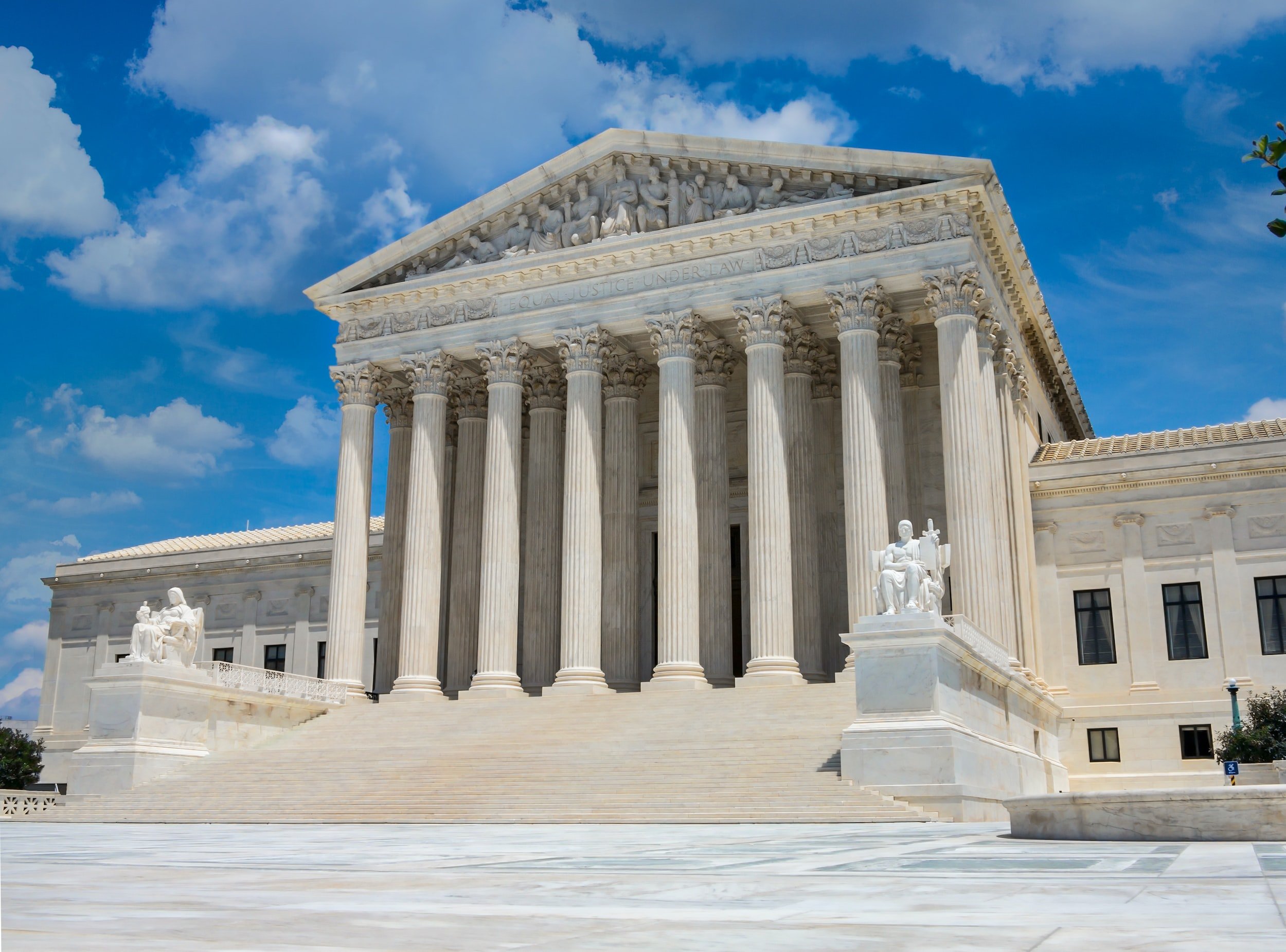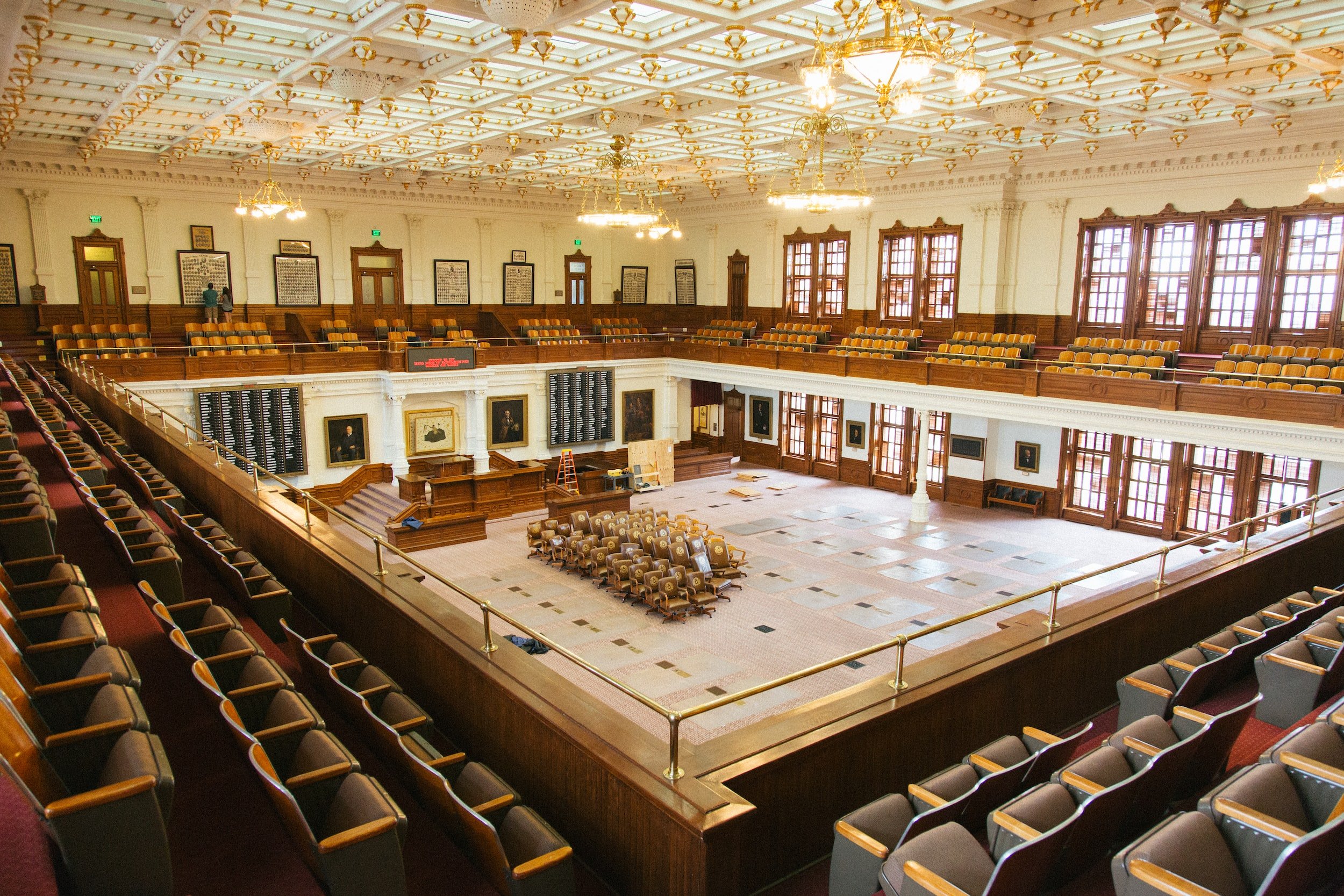Explainer: What is the State of the Union?
The State of the Union is an annual speech the President delivers to a joint session of Congress.
Explainer: The Bill of Rights in the US Constitution
The Bill of Rights, comprising the First Ten Amendments to the United States Constitution, has a rich history and modern-day significance in protecting the fundamental liberties of American citizens. As a cornerstone of American constitutional law, the Bill of Rights plays a vital role in shaping the interpretation and application of constitutional rights in contemporary society.
Explainer: Understanding The Executive Branch
Learn about the inner workings of the executive branch, the vital pillar of the U.S. government. Explore the role of the President as the head of state, commander-in-chief, and chief executive officer. Uncover the responsibilities of the Vice President, Cabinet, and various departments and agencies. Gain insight into the President's role in conducting diplomacy, appointing ambassadors, and negotiating treaties. Delve into the power of executive orders and the enforcement of federal laws by the Cabinet. Familiarize yourself with the 15 pivotal executive departments in shaping and implementing government policies.
Explainer: Municipal Elections and Local Government Structures
Uncover the intricacies of municipal elections and the structure of local government. Explore county governments, including different types of county governance and essential elected positions. Delve into city governments and their diverse systems, ranging from the mayor-council system to the council-manager system. Gain insights into various types of elections, such as primaries, general elections, runoffs, and special elections. Recognize the significance of active participation in local elections to shape the issues that directly impact your daily life.
Explainer: Understanding the Judicial Branch of the U.S. Government
The Judicial Branch is responsible for interpreting federal laws and ensuring that laws and government actions align with the Constitution. It comprises of the Supreme Court; appellate courts, which are also known as circuit courts; district courts, which are also known as trial courts; bankruptcy courts; and Article I courts, which are also known as legislative courts.
Explainer: Understanding the Legislative Branch of the U.S. Government
Learn about the structure, duties, and key roles within the Legislative Branch, also known as Congress. Discover how laws are created, the eligibility and terms of House Representatives and Senators, and the important responsibilities of Congress in setting the federal budget and declaring war. Gain a comprehensive understanding of the functions and significance of the Legislative Branch in the U.S. government.






